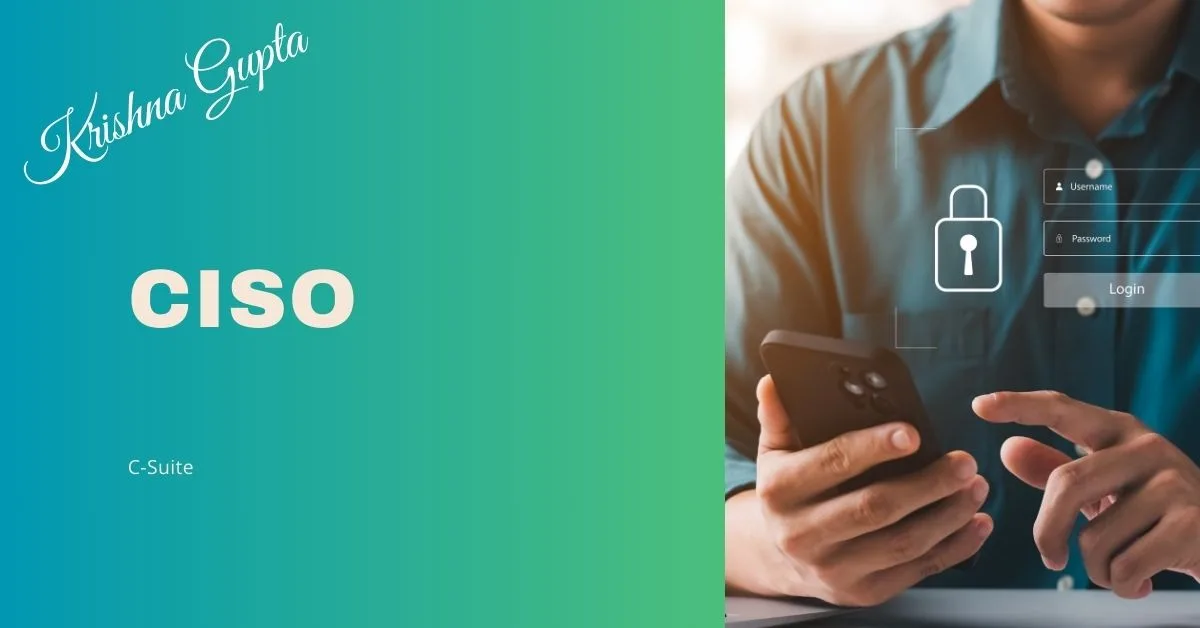The headline, “CISOs Struggle for C-Suite Status Even as Expectations Skyrocket,” succinctly captures a significant dilemma in the cybersecurity landscape. On the one hand, Chief Information Security Officers (CISOs) are increasingly burdened with immense responsibility, often handling sensitive data, infrastructure, and regulatory compliance. Their decisions can make or break an organisation’s reputation and financial stability in the face of ever-evolving cyber threats.
On the other hand, despite their crucial role, many CISOs struggle to secure a seat at the C-suite table. This lack of C-suite presence implies limited access to essential decision-making processes, budget allocation, and executive buy-in for critical security initiatives.
Here are some key points to consider:
The Responsibility Gap:
- Mounting Expectations: Cyberattacks are becoming increasingly sophisticated and costly, putting immense pressure on CISOs to deliver comprehensive security solutions.
- Evolving Threats: The threat landscape constantly changes, demanding agility and adaptability from CISOs. They must stay ahead of emerging threats and vulnerabilities while navigating an ever-complex regulatory environment.
- Data Guardianship: With data breaches becoming a frequent news item, CISOs are often entrusted with the custodianship of an organisation’s most valuable asset: its data.
The Recognition Gap:
- Unequal Footing: Despite their pivotal role, many CISOs report to other executives (like CIOs or CFOs), hindering their direct communication with the C-suite. This can lead to misaligned priorities and a lack of understanding of cybersecurity risks at the highest levels.
- Limited Budget Power: Without C-suite representation, CISOs may struggle to secure adequate budgets for cybersecurity programs, hindering their ability to implement effective risk mitigation strategies.
- Perceived as Cost Center: Historically, cybersecurity was often viewed as a cost centre, leading to underinvestment and a reactive approach to security breaches.

Bridging the Gap:
- Quantifying Risks: CISOs must effectively communicate the financial and reputational risks associated with cyberattacks, translating technical jargon into business language that the C-suite understands.
- Demonstrating ROI: Proactive security investments can be presented as opportunities to save money, protect brand reputation, and ensure business continuity.
- Building Cross-Functional Relationships: Collaborating with other departments like HR, marketing, and legal can raise awareness and build a collaborative approach to cybersecurity.
- Advocating for Change: CISOs can leverage industry data, case studies, and regulatory guidelines to support a C-suite seat and emphasise the strategic importance of cybersecurity.
The struggle for C-suite status is not just about ego or titles; it’s about ensuring that organisations are adequately prepared to face the ever-present threat of cyberattacks. By effectively communicating the value of cybersecurity and building solid relationships with other executives, CISOs can bridge the gap and secure the resources and authority they need to protect their organisations.